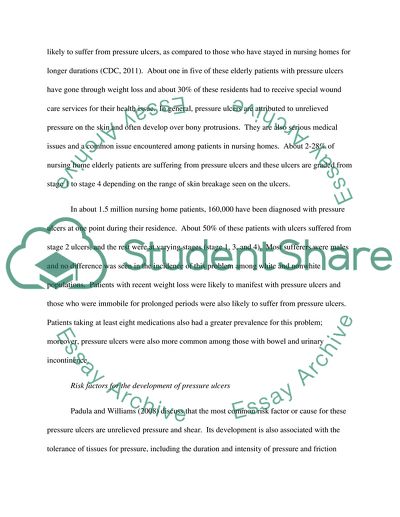Cite this document
(“Centers for Disease Control and Prevention Research Paper”, n.d.)
Retrieved from https://studentshare.org/nursing/1588650-nursing-research-1
Retrieved from https://studentshare.org/nursing/1588650-nursing-research-1
(Centers for Disease Control and Prevention Research Paper)
https://studentshare.org/nursing/1588650-nursing-research-1.
https://studentshare.org/nursing/1588650-nursing-research-1.
“Centers for Disease Control and Prevention Research Paper”, n.d. https://studentshare.org/nursing/1588650-nursing-research-1.


